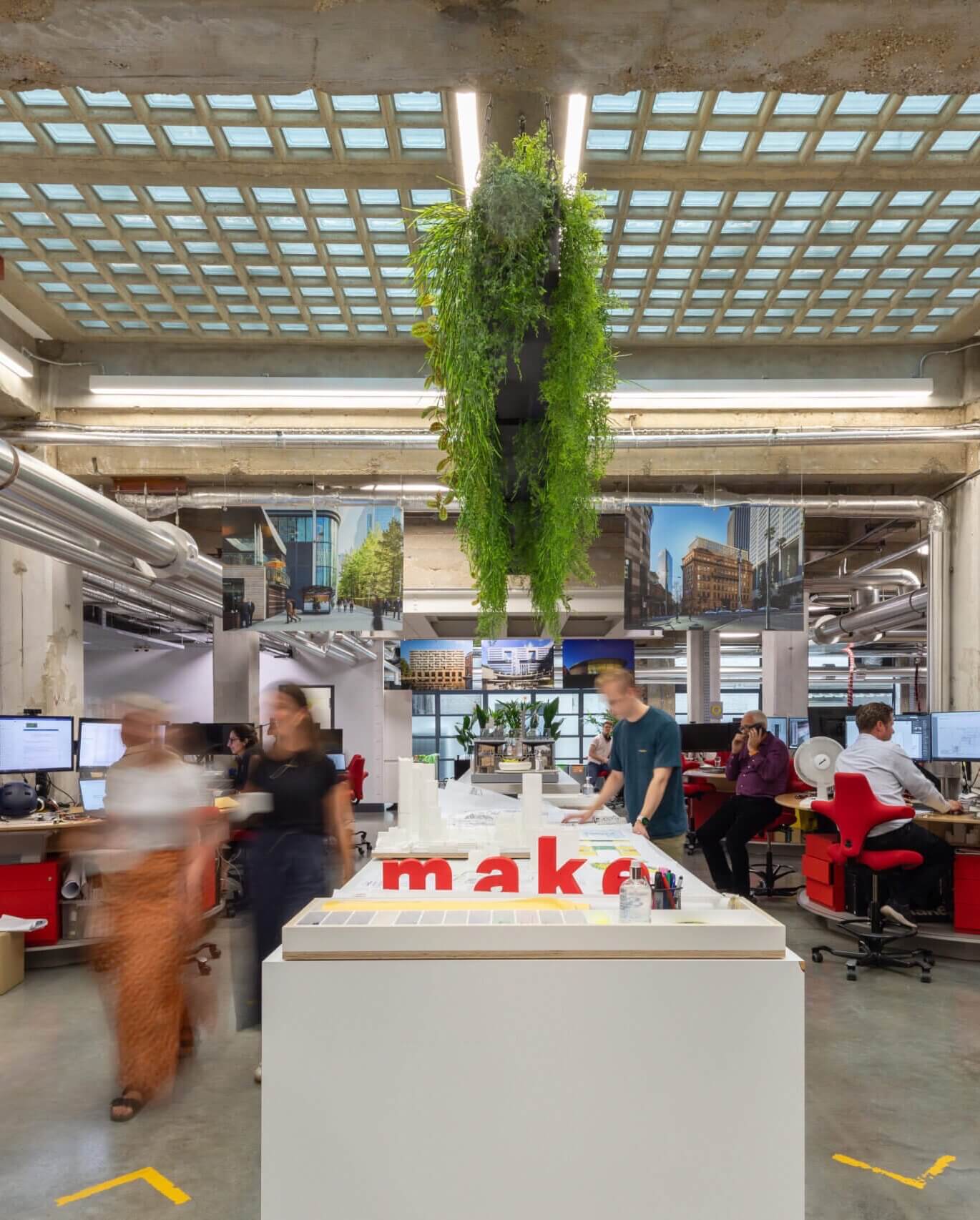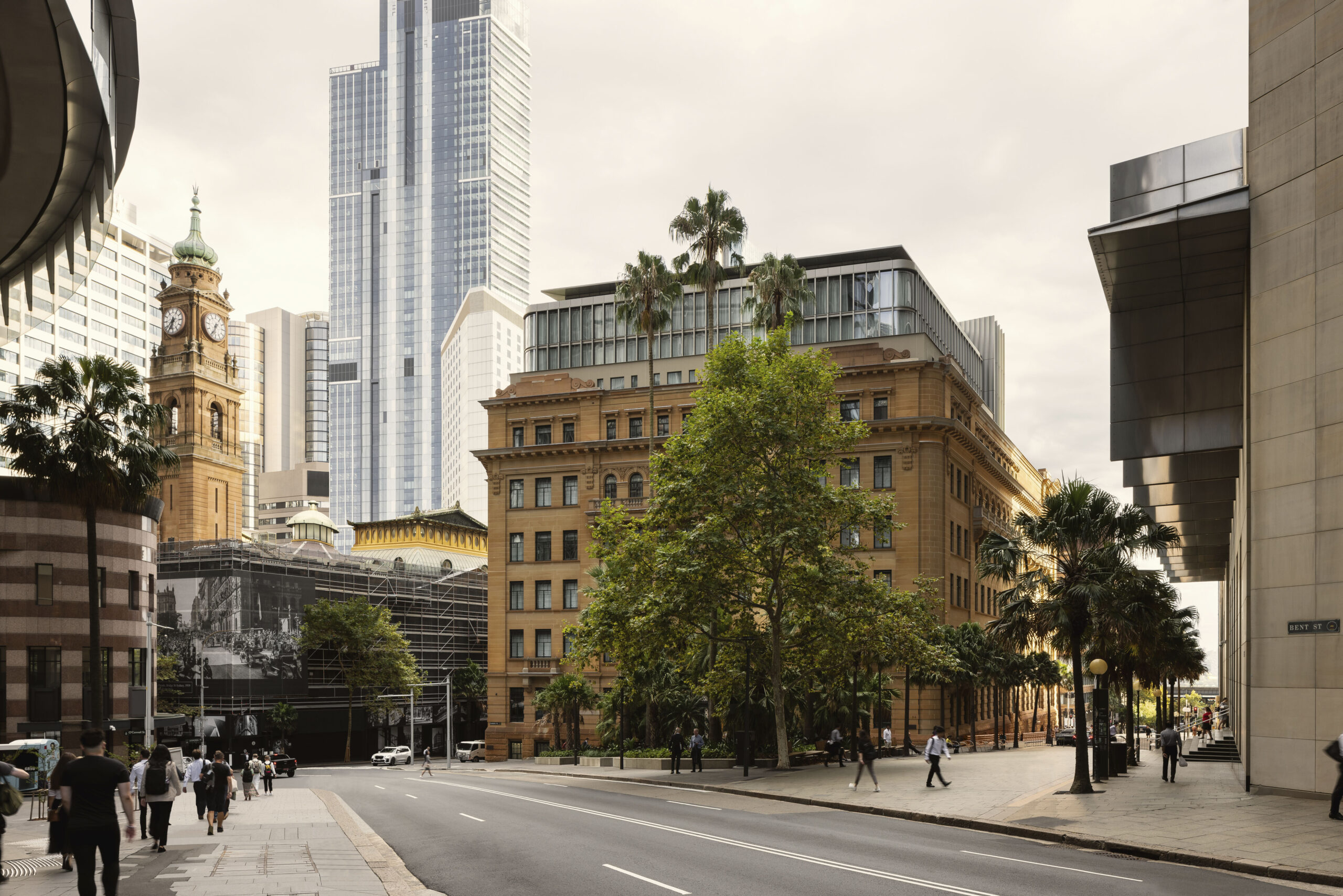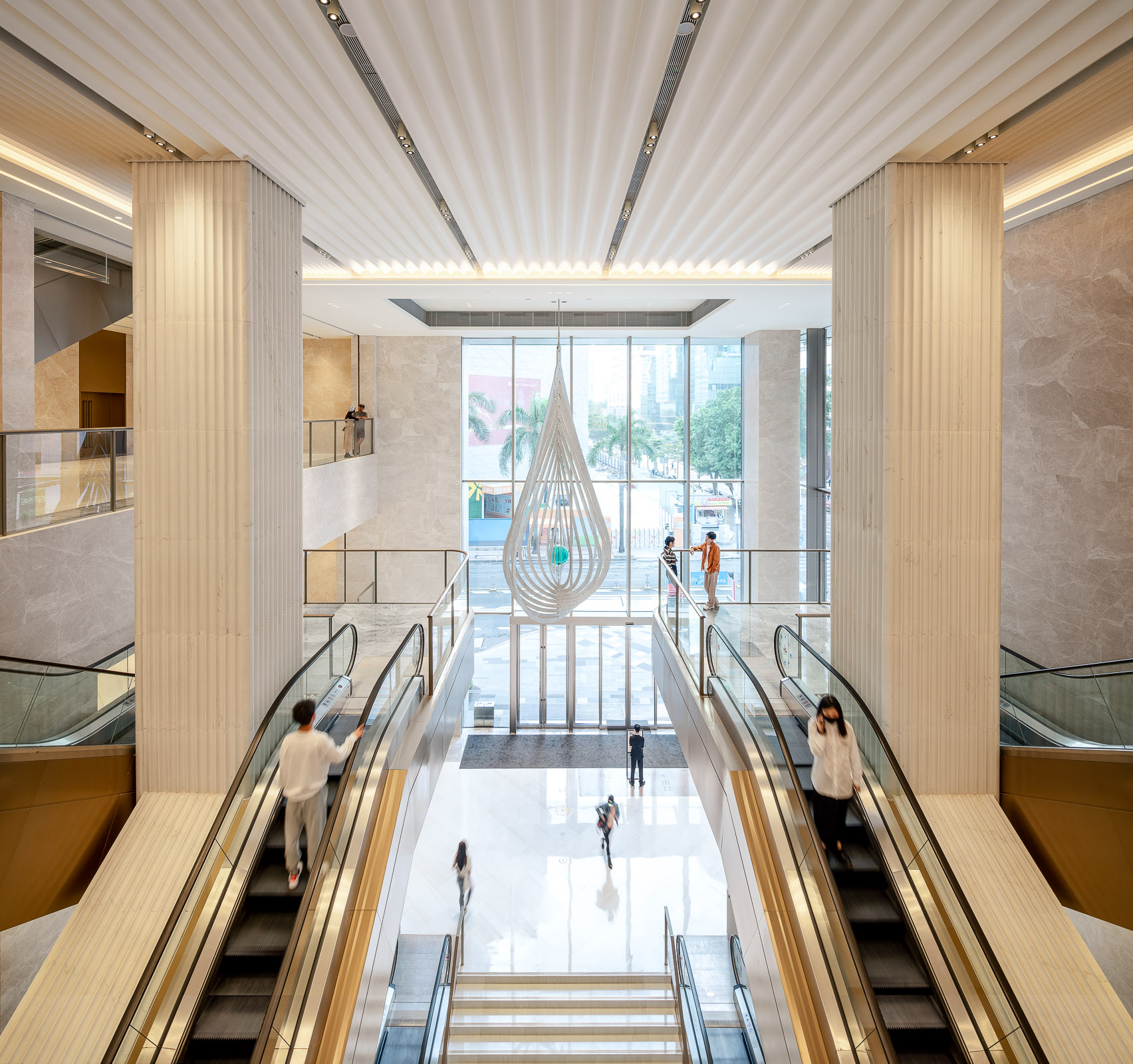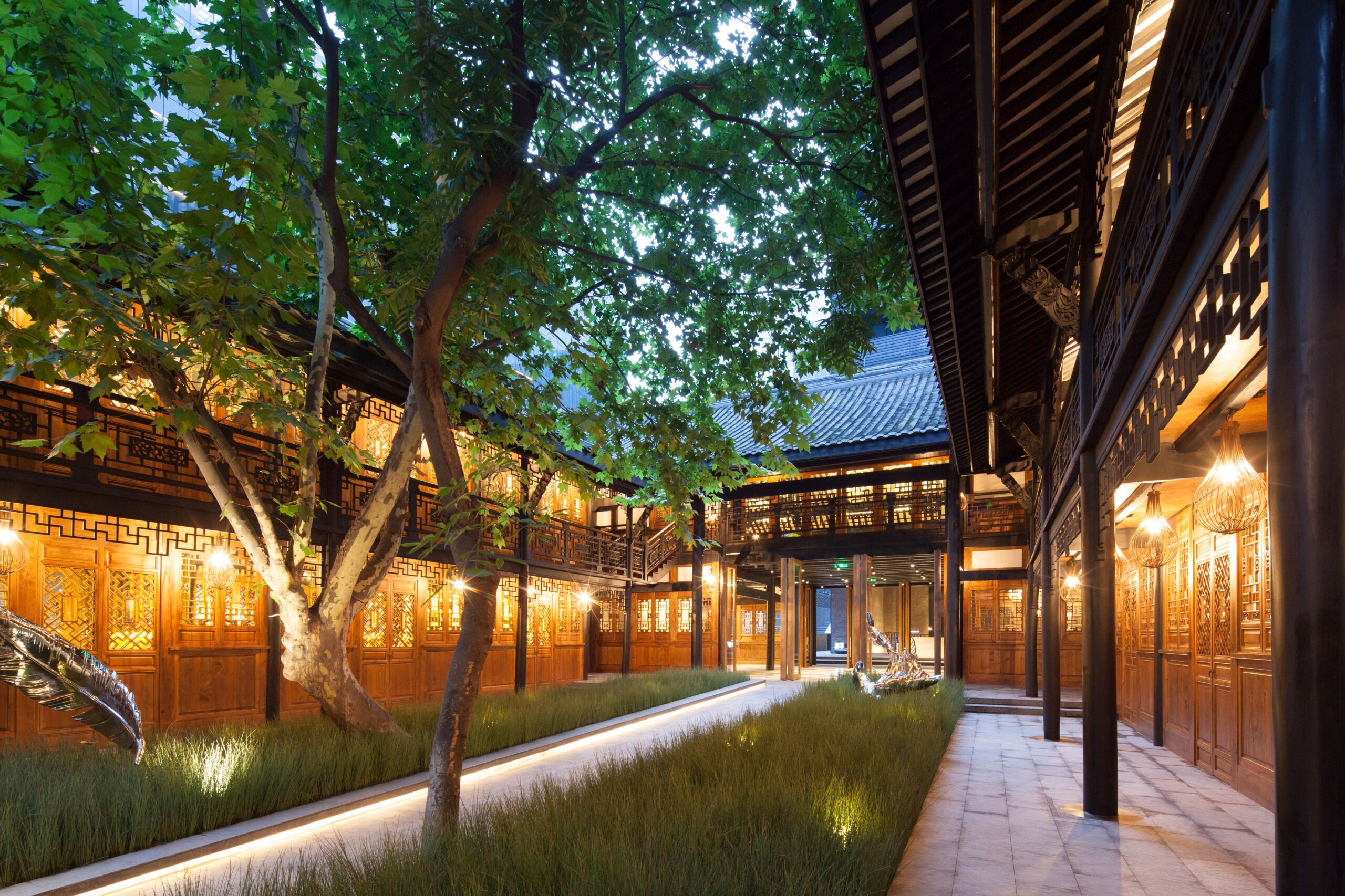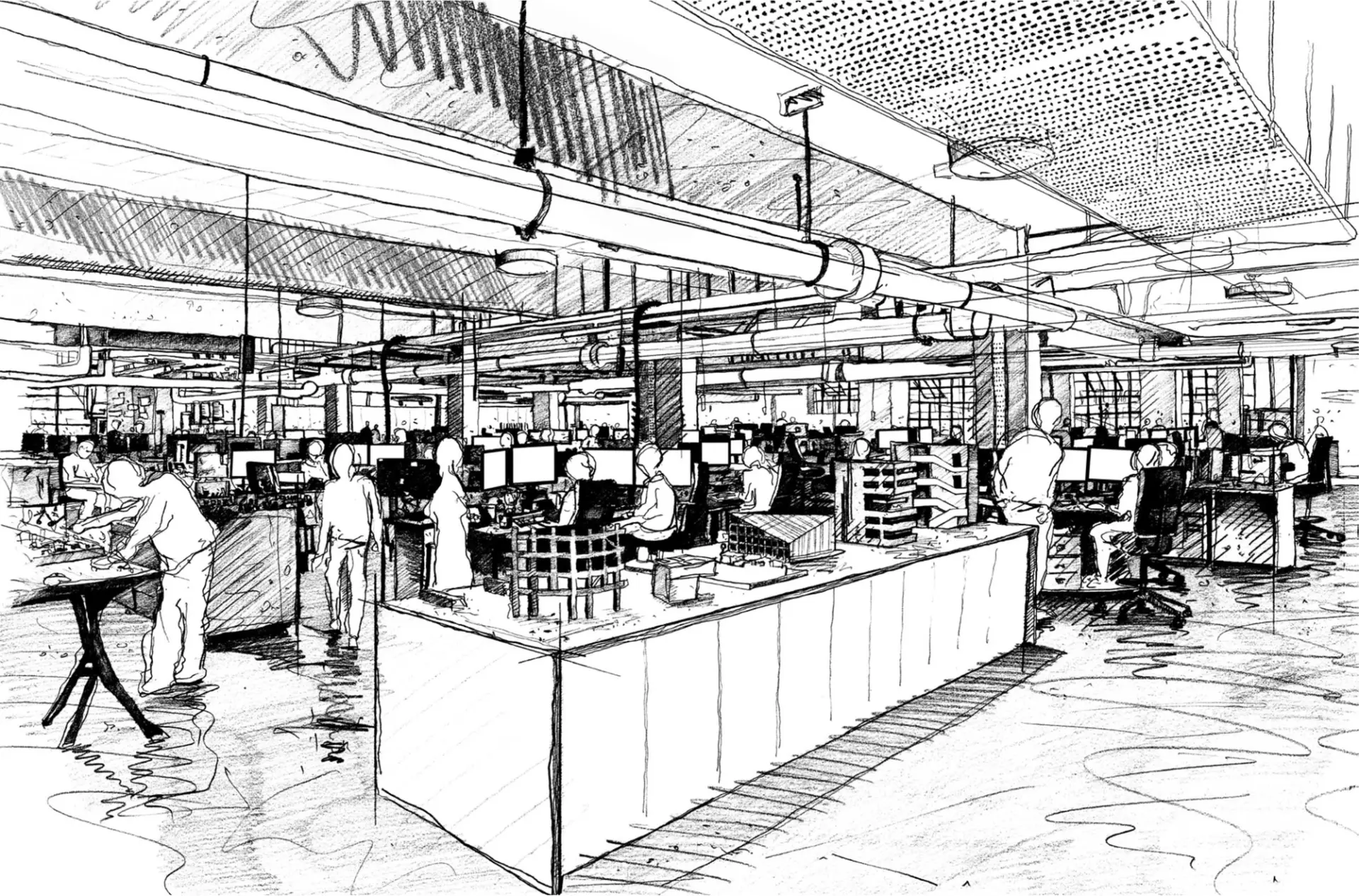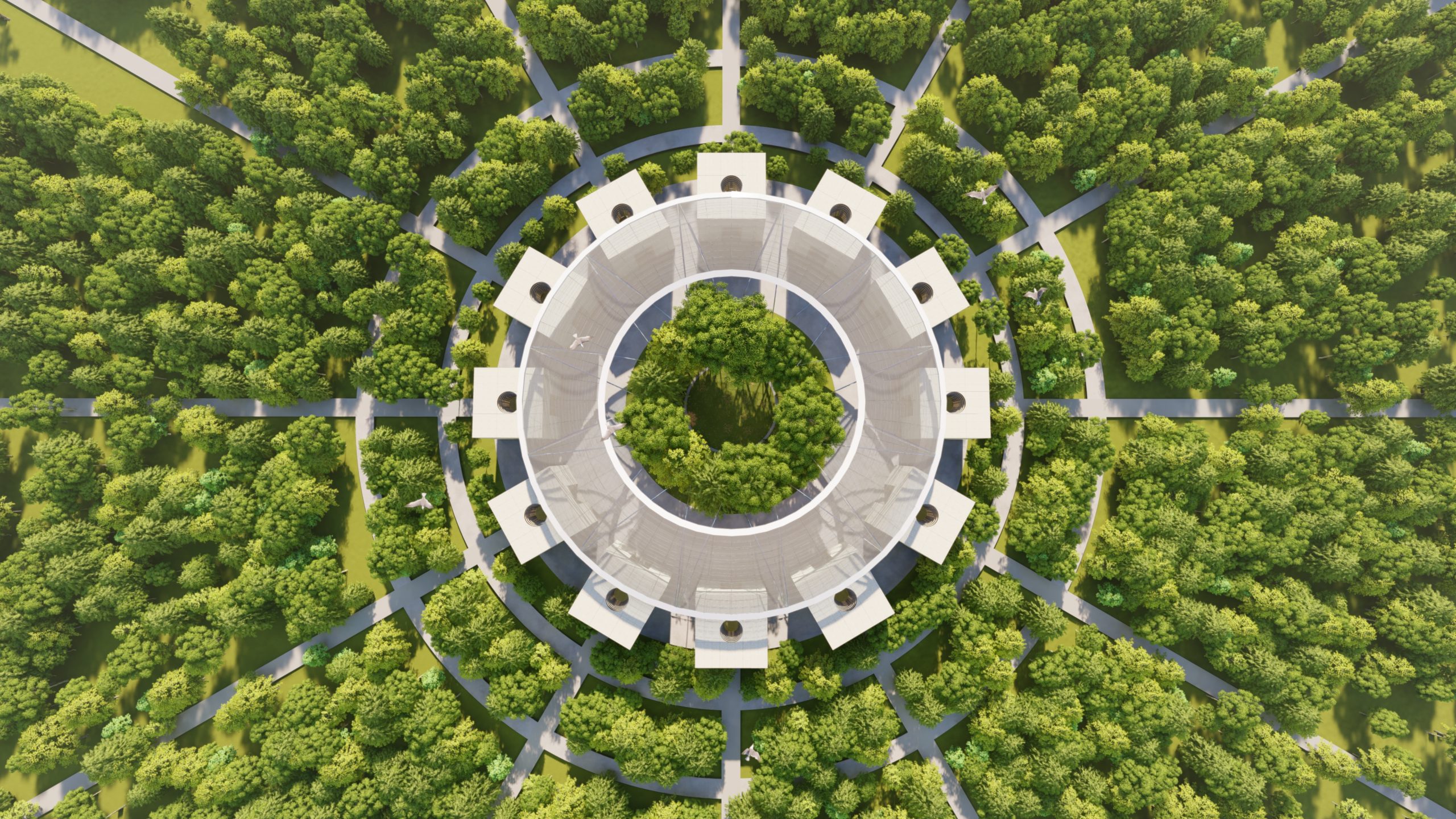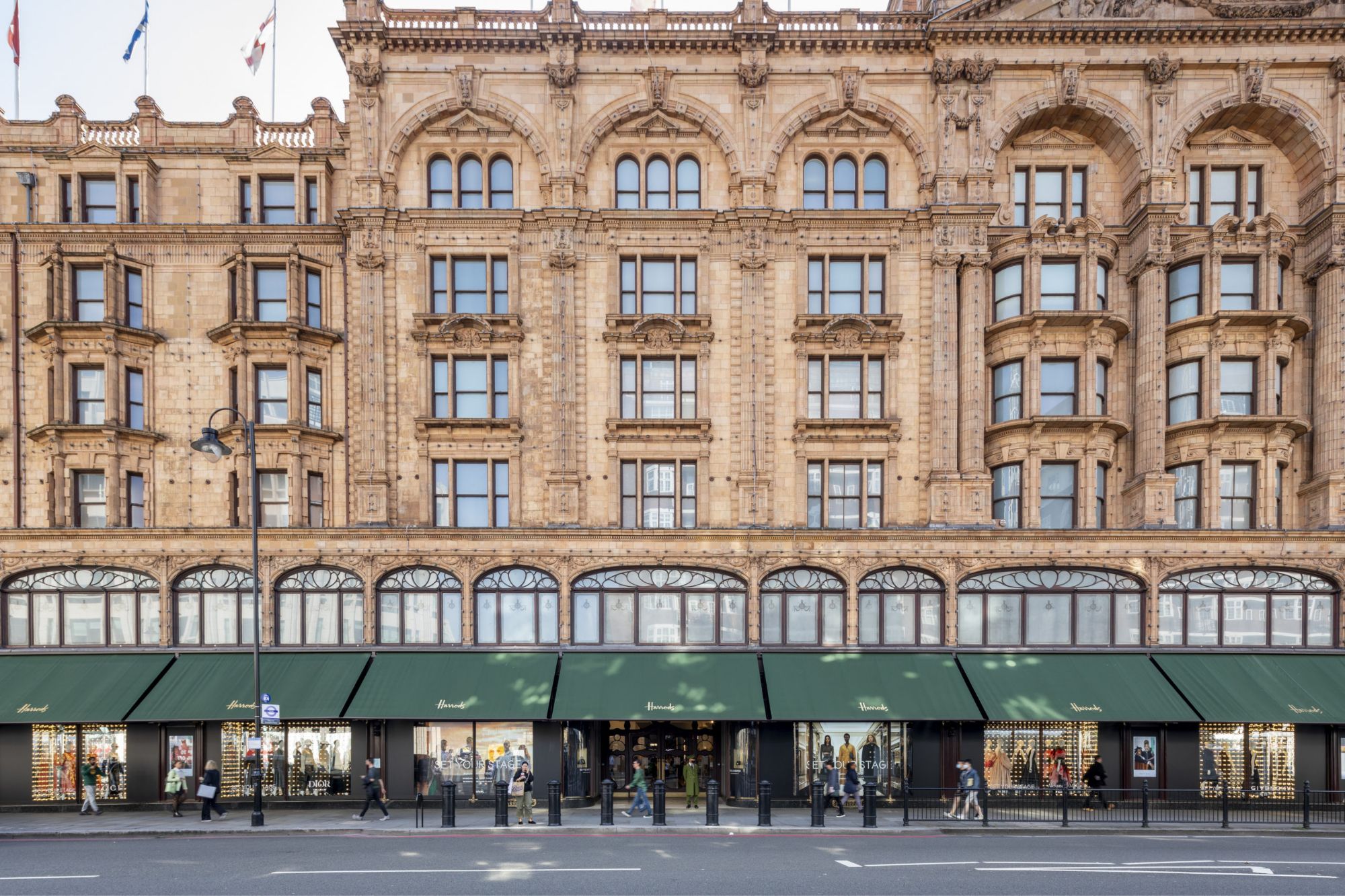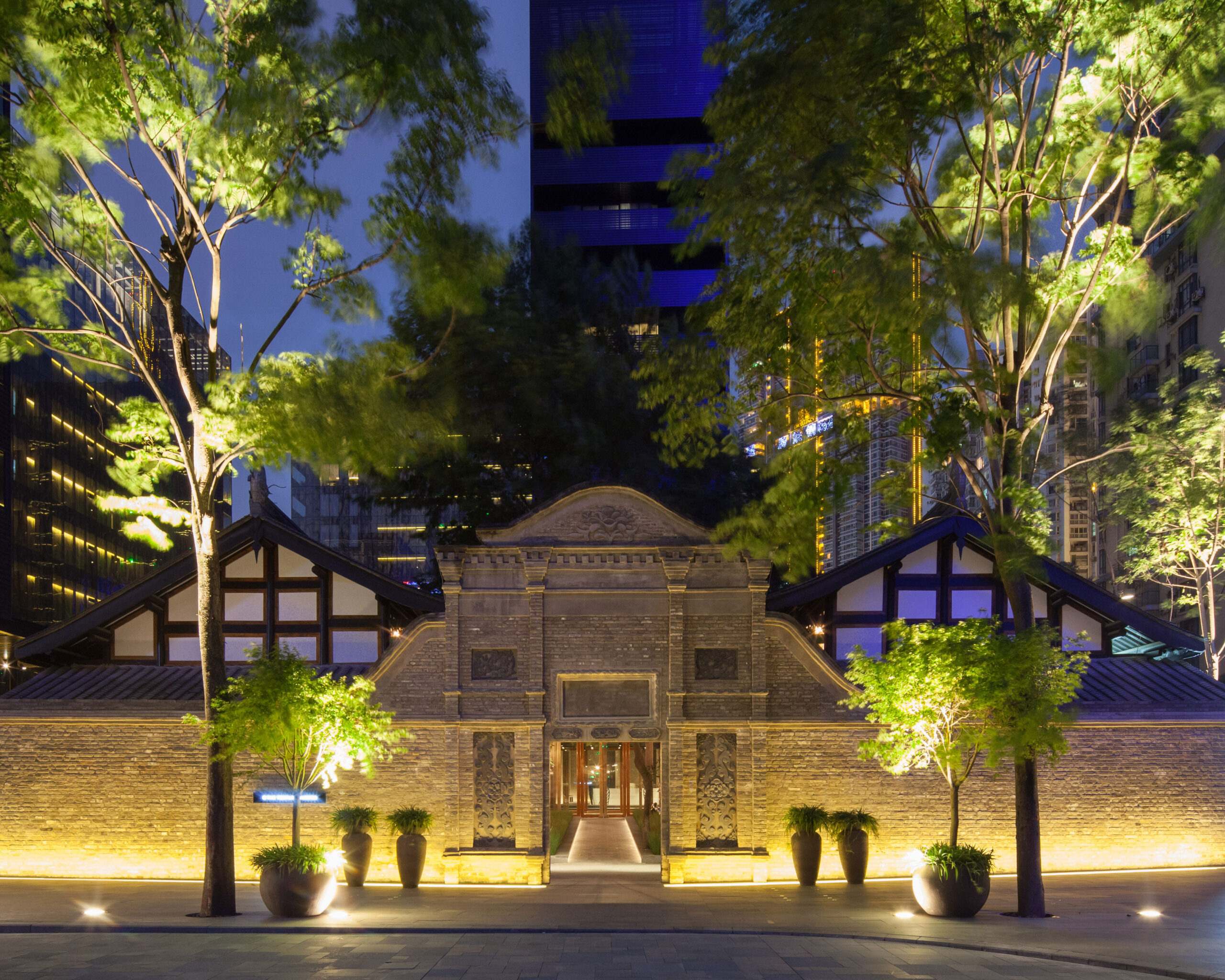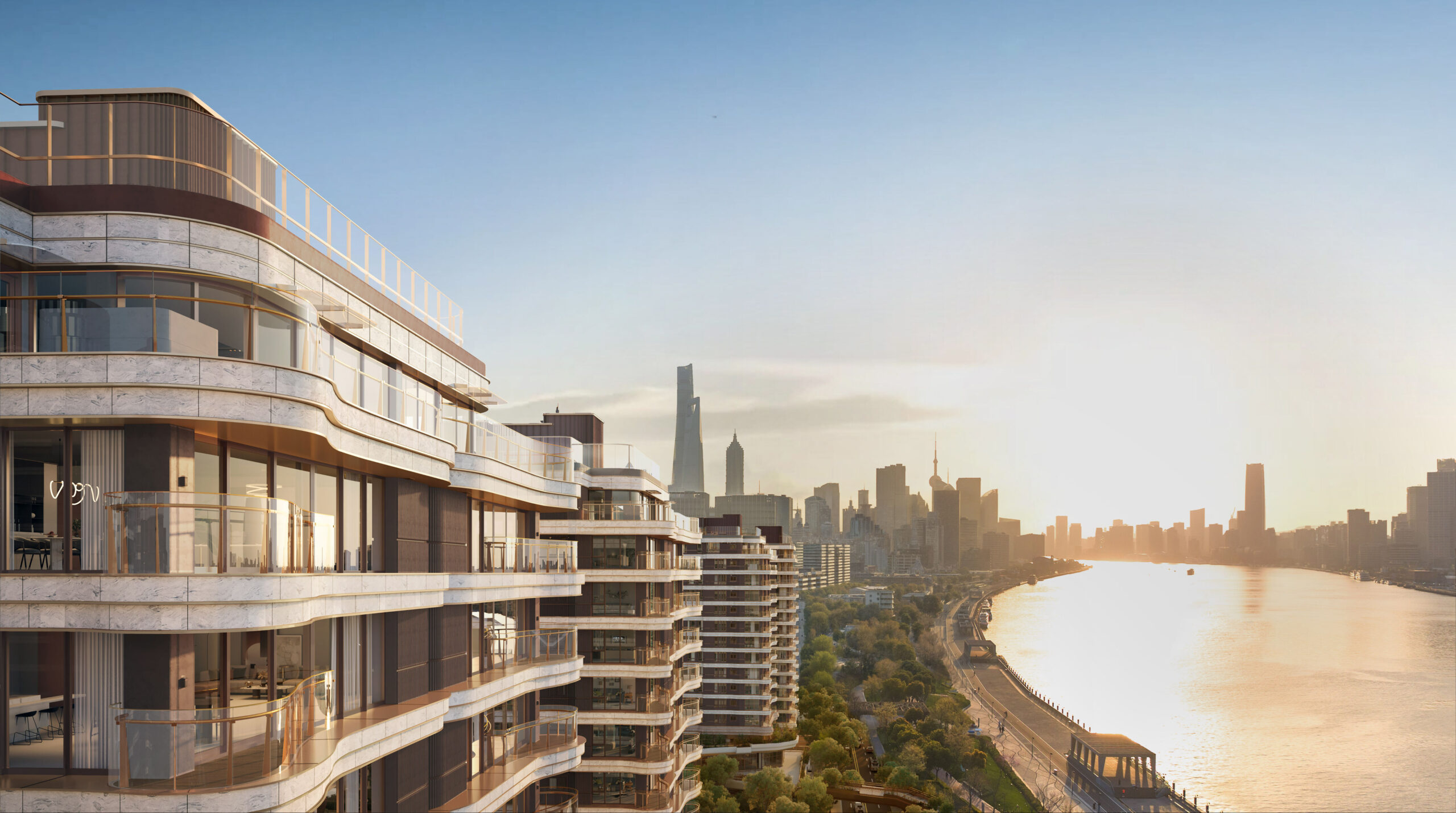
Community and keeping it local
Life in lockdown has given many people a greater appreciation for all things local and community-based. While we’ve become used to seeking alternative options, supporting local traders could easily become the first choice, even though it has started from necessity.
Seeking out locally produced and sourced food and drink, along with local artists and craftspeople, benefits the environment greatly in terms of ecologically sustainable food production and reductions in shipping, air freight and packaging. There is also the obvious connection between supporting local business also improving local social and economic sustainability.
Hyperlocalism could easily trigger a new wave of creativity in the built environment. We’ll likely see more self-sustained, mixed-use architecture devised in collaboration with the local community, such as Hong Kong’s Tai Kwun, PMQ and The Mills, all of which encompass shopping, art, heritage and more.
I believe more people will opt for staycations, too, which presents a huge opportunity for developers willing to think outside the box. With the increase in home working causing work life and home life to blur more than ever, people will be looking for a change of scenery – a place where they might work while also benefitting from retail or spa amenities, perhaps, or somewhere to digitally detox from it all. Those developers that can offer a local, historic connection will be valued and appreciated even more by people taking the time to learn about their own area.
Healthy minds and bodies
During lockdown, people around the world have become acutely aware of the importance of keeping fit, and of the connection between a healthy body and a healthy mind. In Hong Kong, for example, more people are trekking in the hills and countryside rather than going shopping, since they want to keep a safe distance.
With the benefits of sunlight and fresh air reinforced, high-density home design will be strongly affected going forwards. We’ll see more holistic, nourishing residential projects that positively affect the mind, body and community. Many residential schemes have offered gyms and swimming pools, but now with outdoor spaces that encourage interaction with nature and reverse our focus on hermetic environments will become more prevalent.
In 20 years’ time, when we look back this period, it will be interesting to see the impact of COVID-19 on our built environment. I truly hope we take the opportunity to use it to benefit our planet, not just our productivity.





